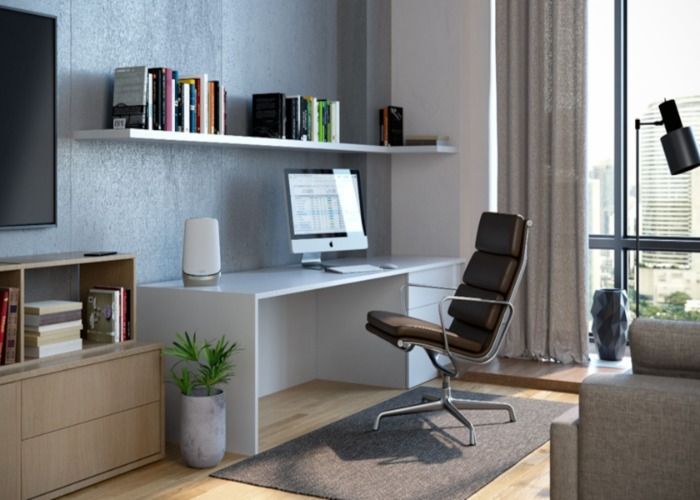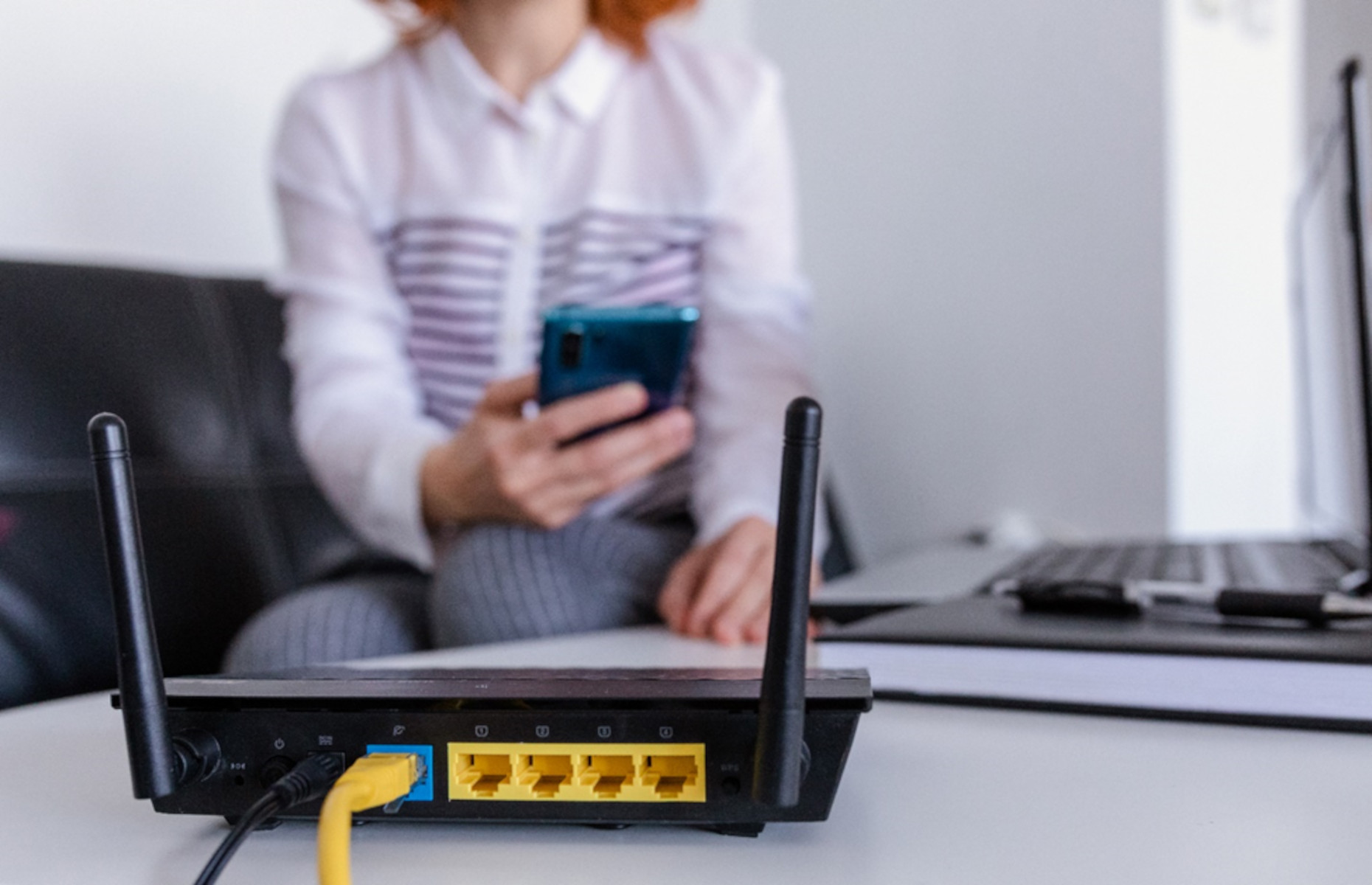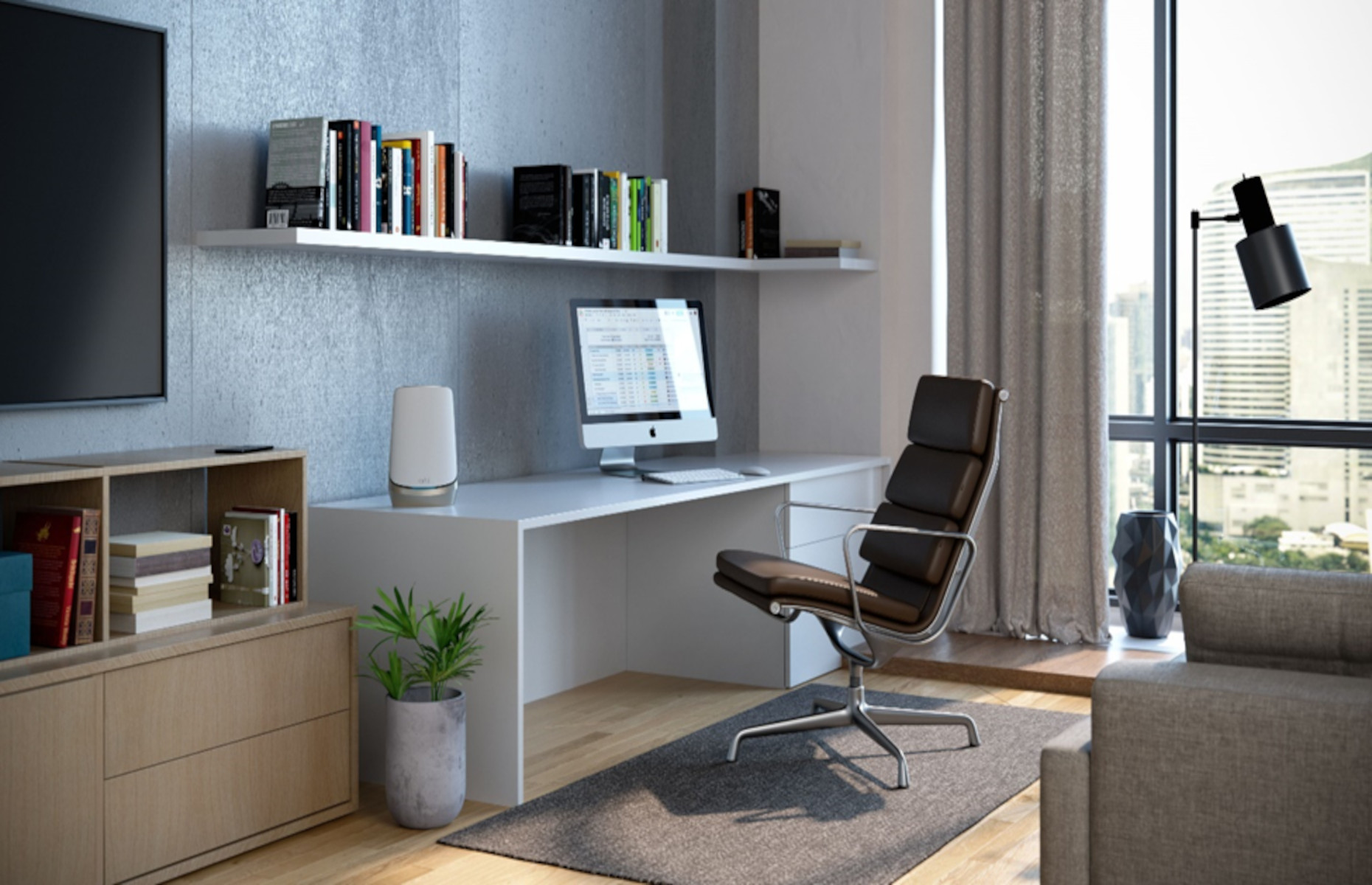Common home WiFi problems and how to fix them

From flagging broadband to WiFi dead zones, here's how to troubleshoot a poor internet connection at home
There is nothing more frustrating than relaxing into a long-scheduled Facetime with a group of friends only to have the conversation freeze ten minutes in as your WiFi buffers. Over the past decade, our internet usage has increased substantially as we download movies, stream music, play video games, and attend virtual cooking classes.
Plus, with much of the world’s professional population still working from home, the extra pressure of Zoom meetings has been placed on our already strained broadbands, and in many cases, they’re struggling to keep up with our constant needs.
However, while there is always the option to buy a second router or upgrade your internet package, there are also plenty of workarounds to maximize your connectivity.
What is a notspot?
A notspot is a place where there is no internet connectivity or phone signal. A notspot might be an area of remote countryside, or it might be in the corner of your living room. In most instances when dealing with home WiFi issues, eliminating notspots is an excellent way to start.
What causes poor WiFi connection?
There are plenty of problems that can cause poor WiFi connection, including overuse, distance between the device and the router, or even your neighbor’s heavy internet usage. Sometimes the solution is as simple as restarting your router or device, but often the troubleshooting can get a bit more technical. Here are some of the most common WiFi problems and how to fix them.
Read more: Smart home breakthroughs transforming how we live

1. Being too far away from the router
The most common cause of all WiFi-related issues is simply the distance between a device and the router. WiFi consists of radio waves emitting from your router, so if your router is in a corner of your home, you’re losing a lot of connectivity. To maximize the efficiency of your internet connection, your router should always be placed in the center of your house.
How to fix it – Avoid dead zones and blockers
If there is one room in particular where the WiFi just can’t keep up, try moving the router a bit closer to that room to minimize any interference the connection might be experiencing.
WiFi can also be interfered with if the router is being blocked, so make sure it’s not stationed behind a TV or inside a cupboard. If you’re about to take an important meeting and can’t risk your connection dropping, you can also plug your device directly into the router using an ethernet cable to guarantee coverage.

2. Using older devices
While it’s easy to blame the WiFi when we run into a jam, sometimes it’s just not the router’s fault. Web pages with lots of graphics, sound and video can put quite a lot of stress on a computer and slow it down. If you keep multiple tab windows open in a browser such as Google Chrome, you will quickly notice an older computer becoming slower and taking more time to respond to interactions such as mouse clicks. There are many technical reasons for this – the CPU may not be powerful enough to keep up, it may not have enough system memory (RAM) and the graphics card might simply be able to handle all the colourful content on the screen.
You can try using a reputable free online tool such as this broadband speed tester to run a diagnostic which will determine your internet upload and download speeds, if these look ok but you’re still having issues then it’s probably your computer that’s too slow.
Upgrading to a brand new computer is the most expensive solution, but you don’t have to go down that route since many PCs can be upgraded with new components, which will make internet use a lot more pleasant. If you cannot upgrade, and need a quick solution, close all unnecessary programs that might be clogging the airways and consuming resources.
How to fix it – Increase your device memory and check your speed
If it is a RAM issue that’s slowing you down, you’ll want to do everything in your power to make sure you’re getting the most out of your connection, like moving closer to the router, and closing all unnecessary programs that might be clogging the airways.
If you’re still getting stuck, try switching devices for tasks that require more processing power like PhotoShop or certain videogames, or consider investing in a device which will let you maximise your internet connectivity.
3. Security breaches
This may feel like a worst-case scenario, but security breaches are actually the third most common form of internet interference.
While security breaches can lead to hackers getting their hands on your personal information, it’s more likely that they’re just using your internet to stream or download content. These breaches can take place on specific devices, or with your internet connection itself.
How to fix it – Run a malware check and change your password
There are a few simple steps you can follow to make sure that your internet connection is secure. Start by avoiding suspicious links or obvious scams which may release a virus into your device.
You can also use your anti-virus software to run a scan on your device, making sure there is no malicious software at work. If you discover malware, have a professional reset it to remove the virus without deleting your data.
Finally, if there is no malware on your device but your streaming speed is still slow, it’s possible someone is using your internet bandwidth, which you can easily resolve by changing the password.

4. Heavy internet use
If your WiFi is slow or keeps dropping out, this might be because of too many people trying to use your internet at once. If one person is streaming Netflix while another is gaming and a third is in a Zoom meeting, this puts a strain on your broadband that will slow everything down.
How to fix it – Boost your WiFi
The best way to solve this problem is by extending your coverage with a mesh system, or a series of satellites connected to your main router and placed strategically around the home, strengthening your broadband and eliminating notspots.
Looking to invest in a mesh system? NETGEAR is currently offering the chance to win an Orbi RBK853 Whole Home Mesh WiFi System, worth a total of £960. The Orbi RBK853 gives you 6,000 square feet of coverage with speeds of up to 6Gbps for over 100 devices.
Comments
Be the first to comment
Do you want to comment on this article? You need to be signed in for this feature